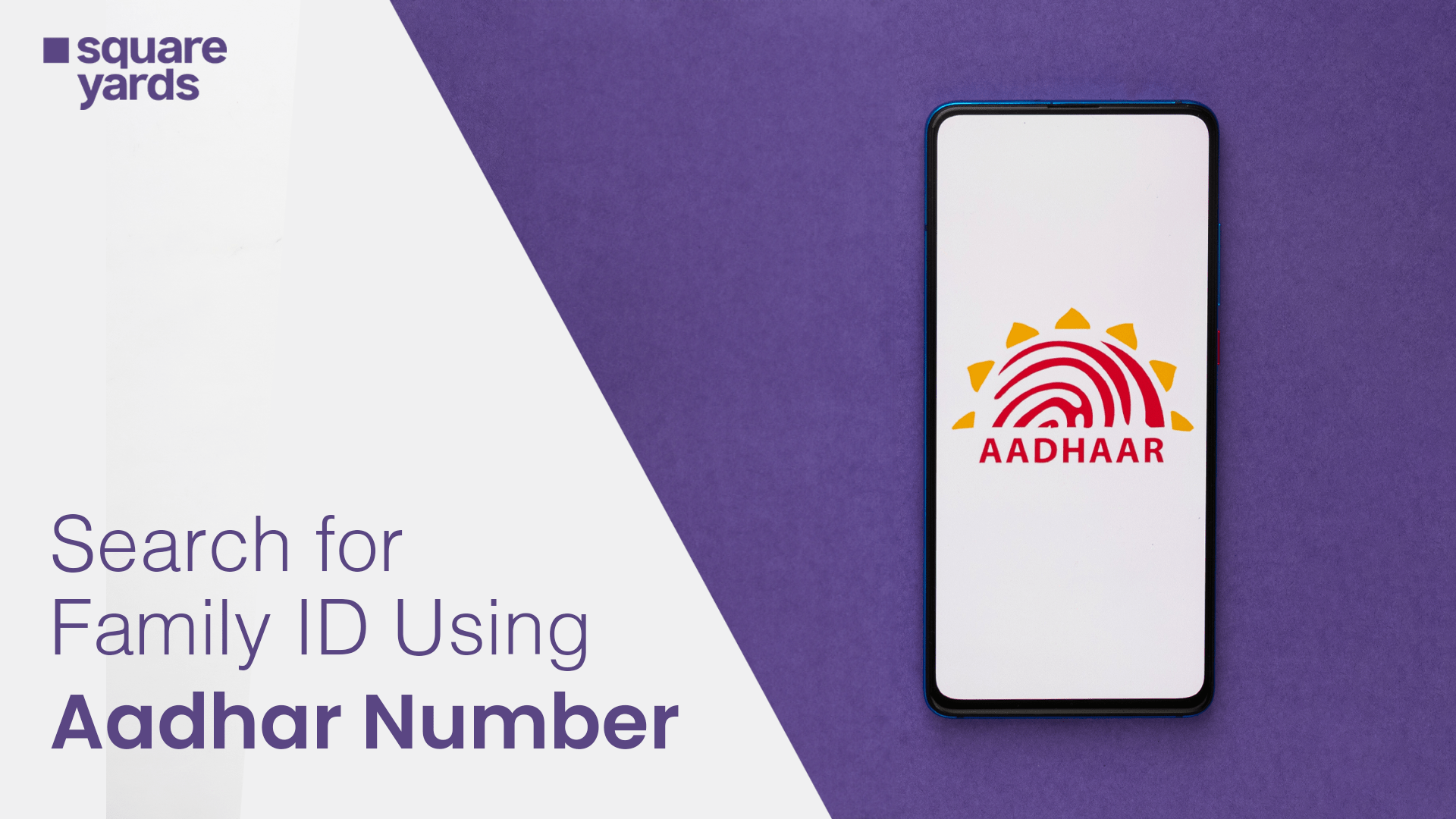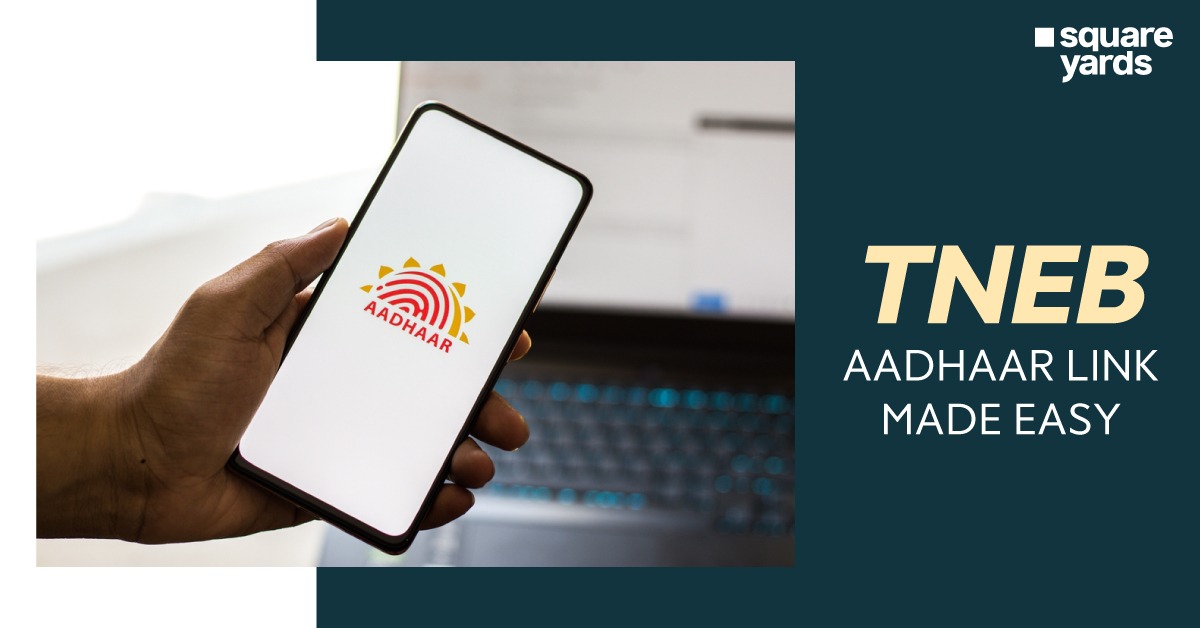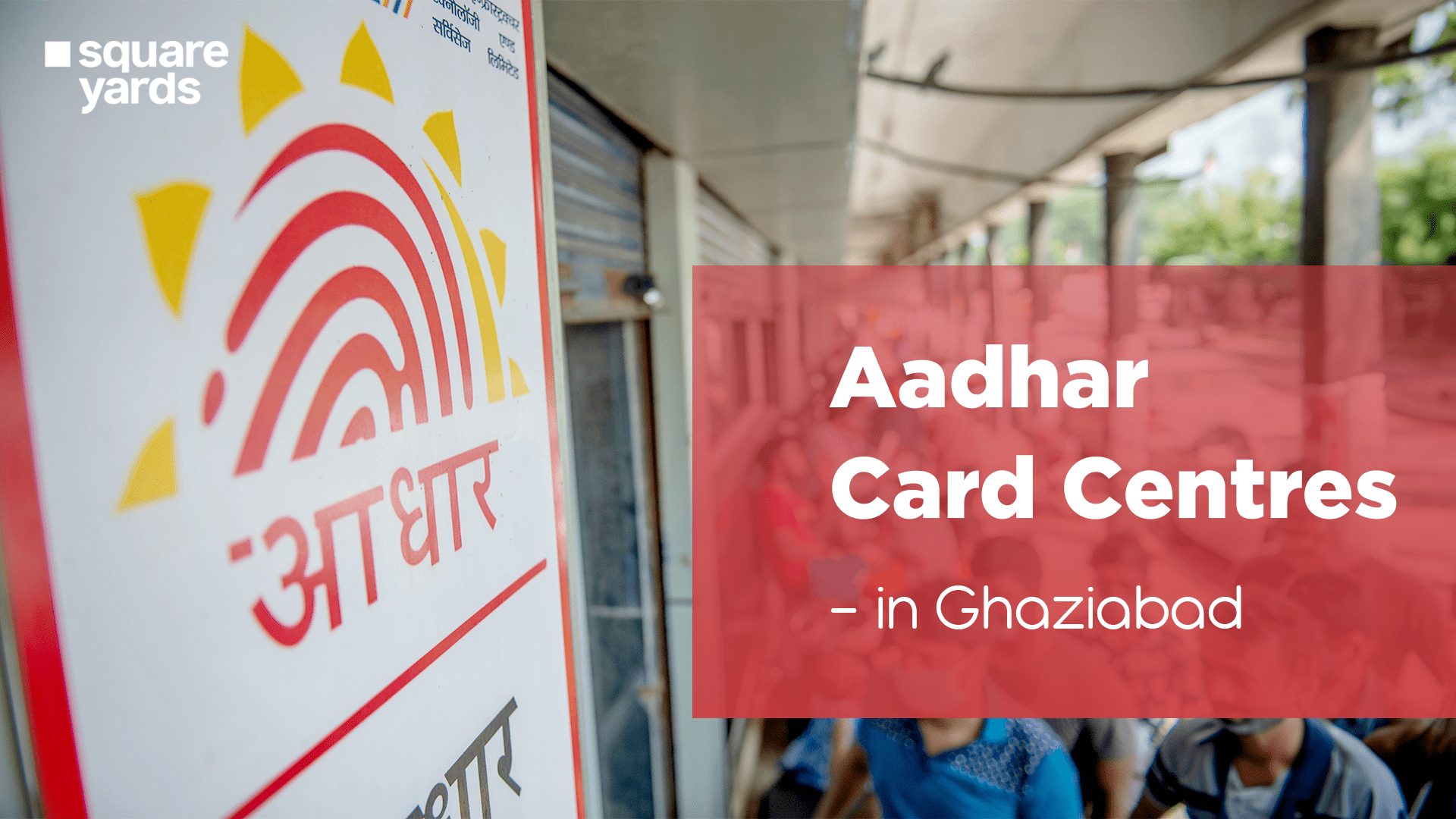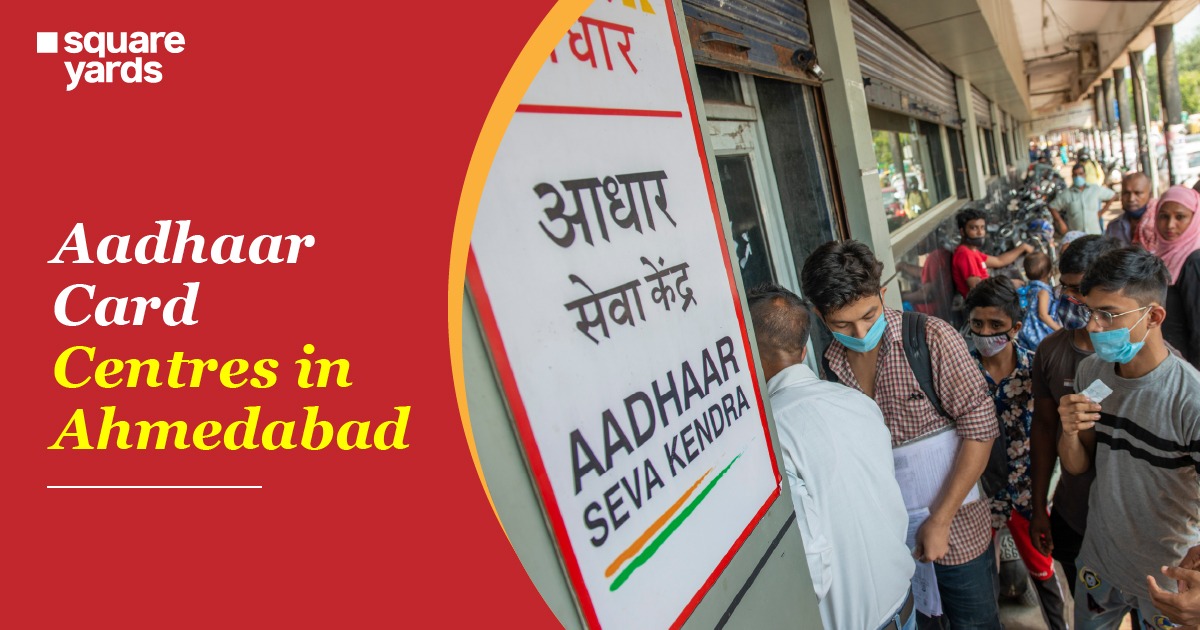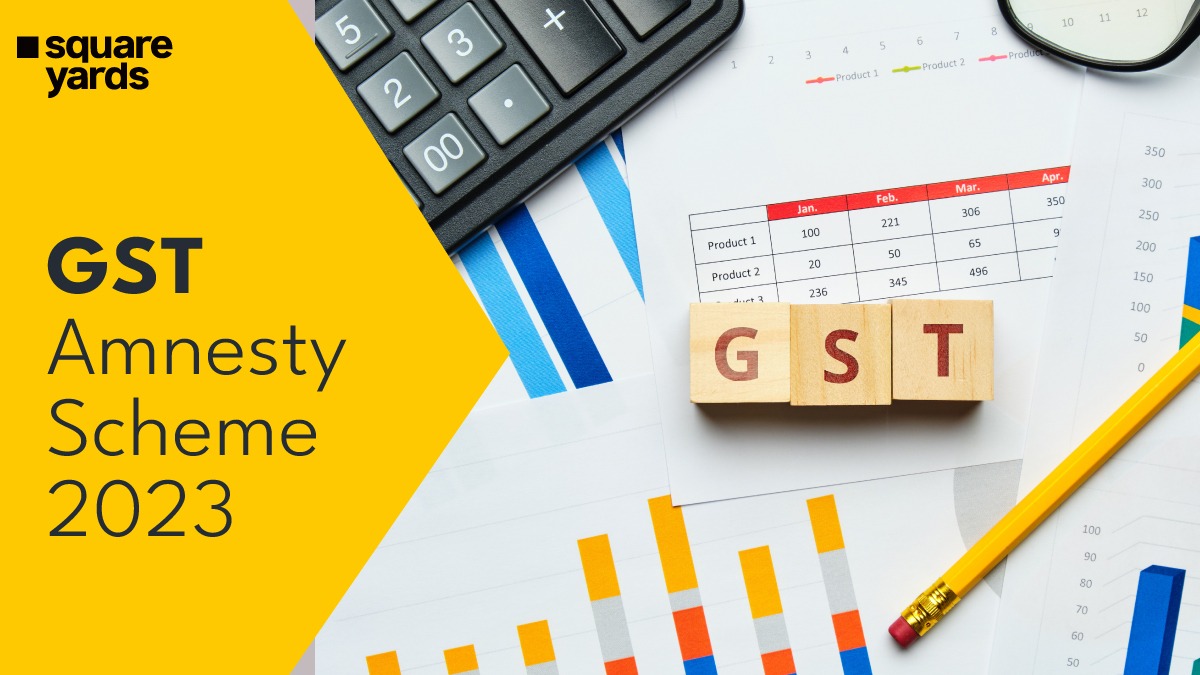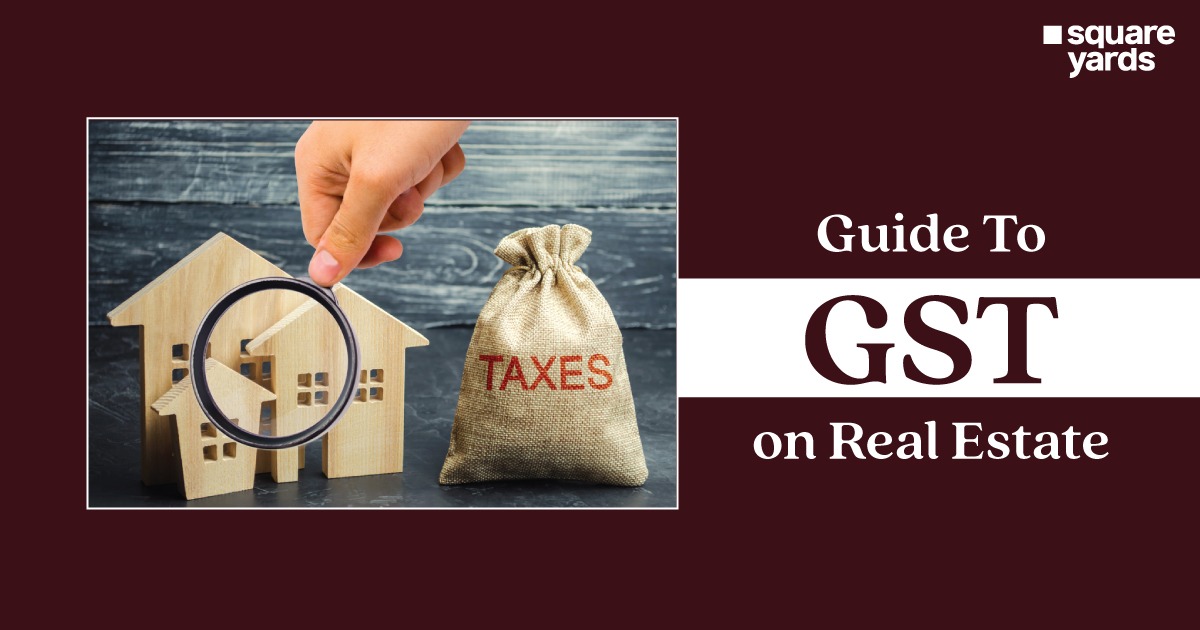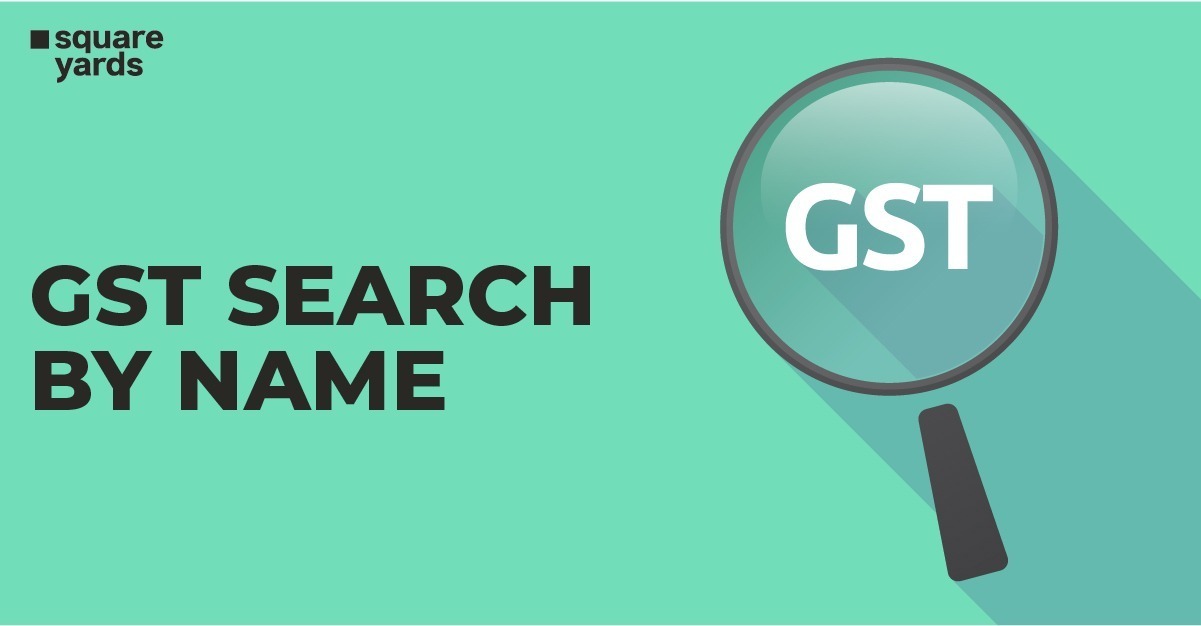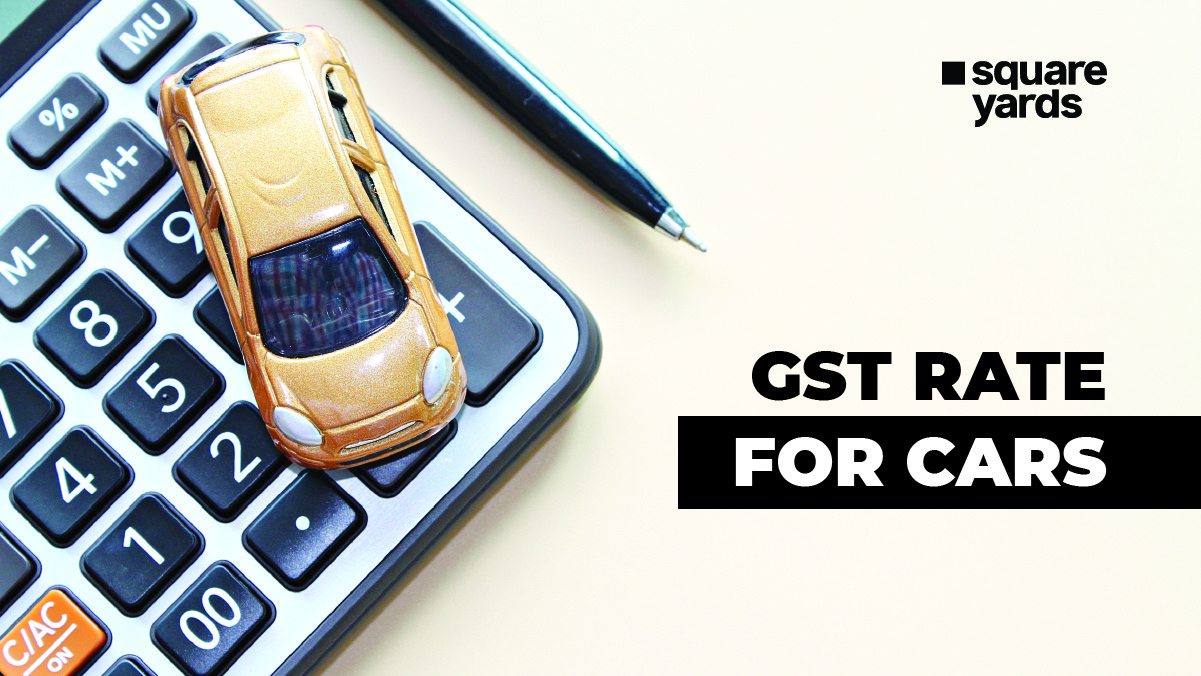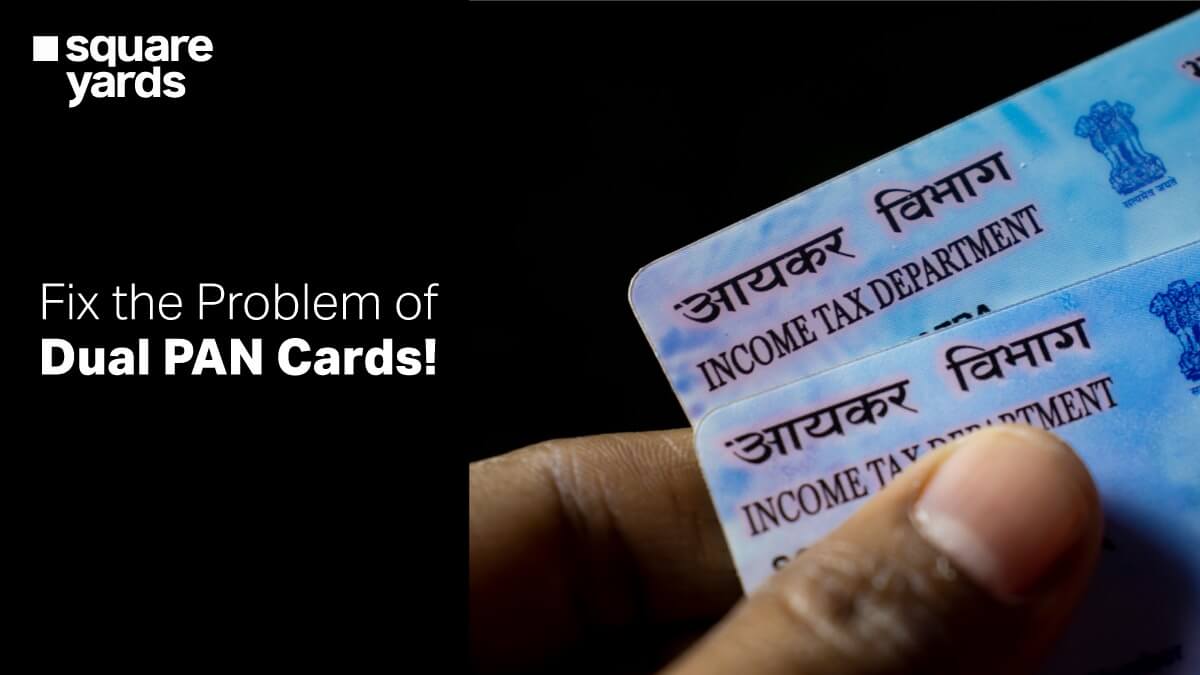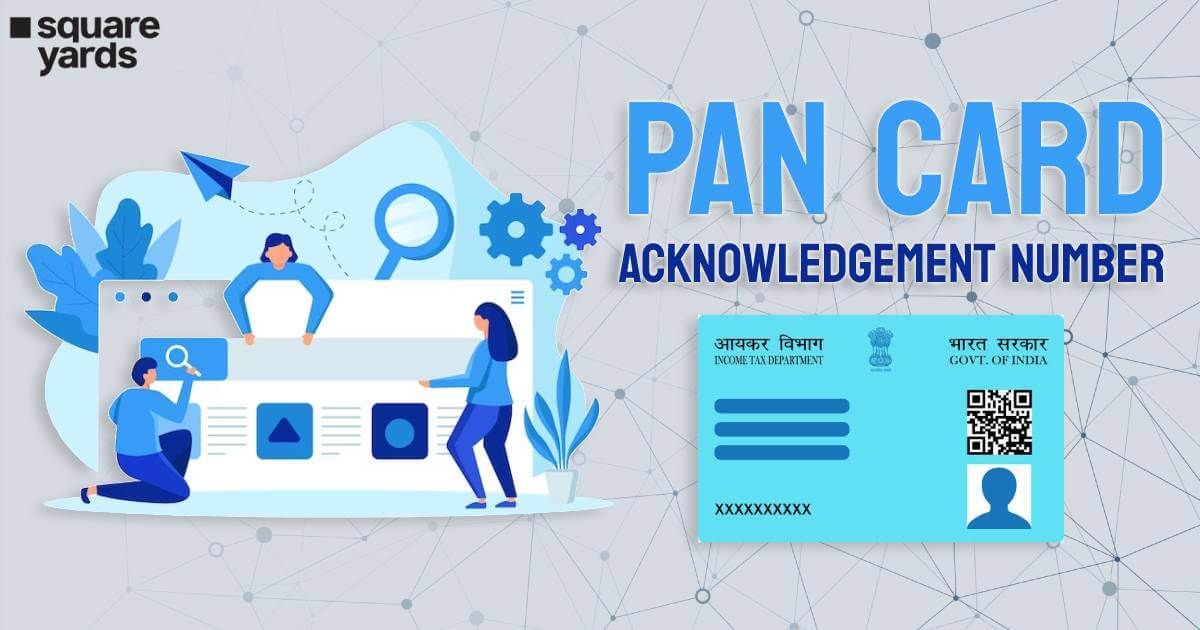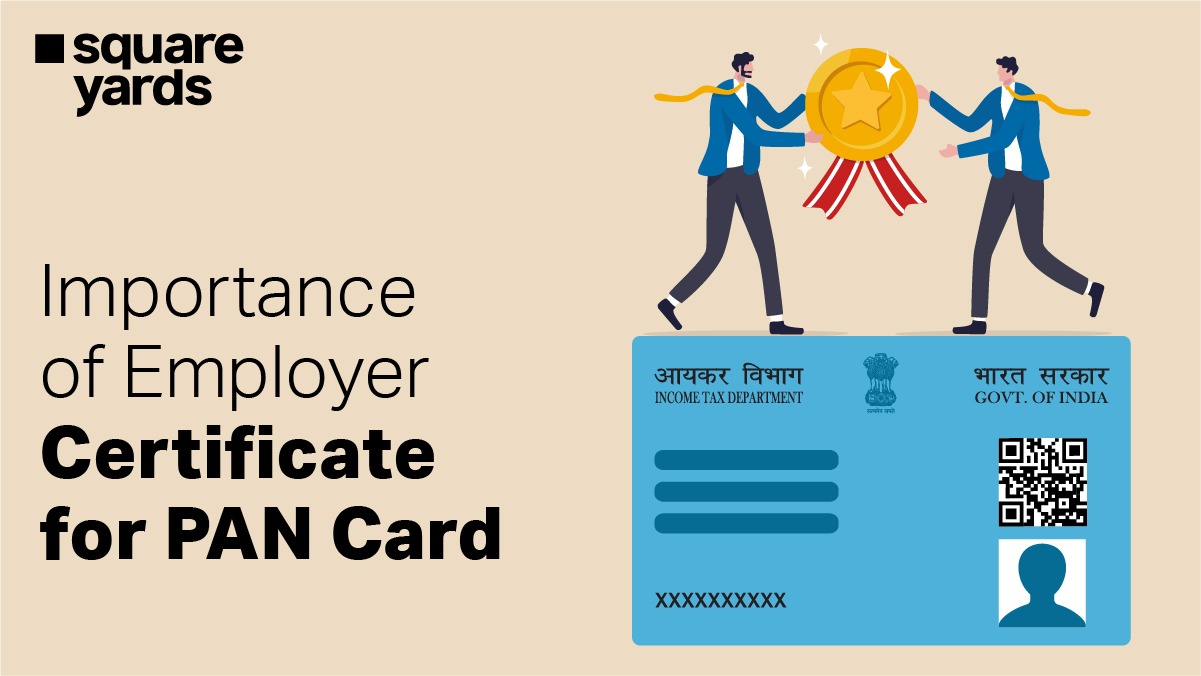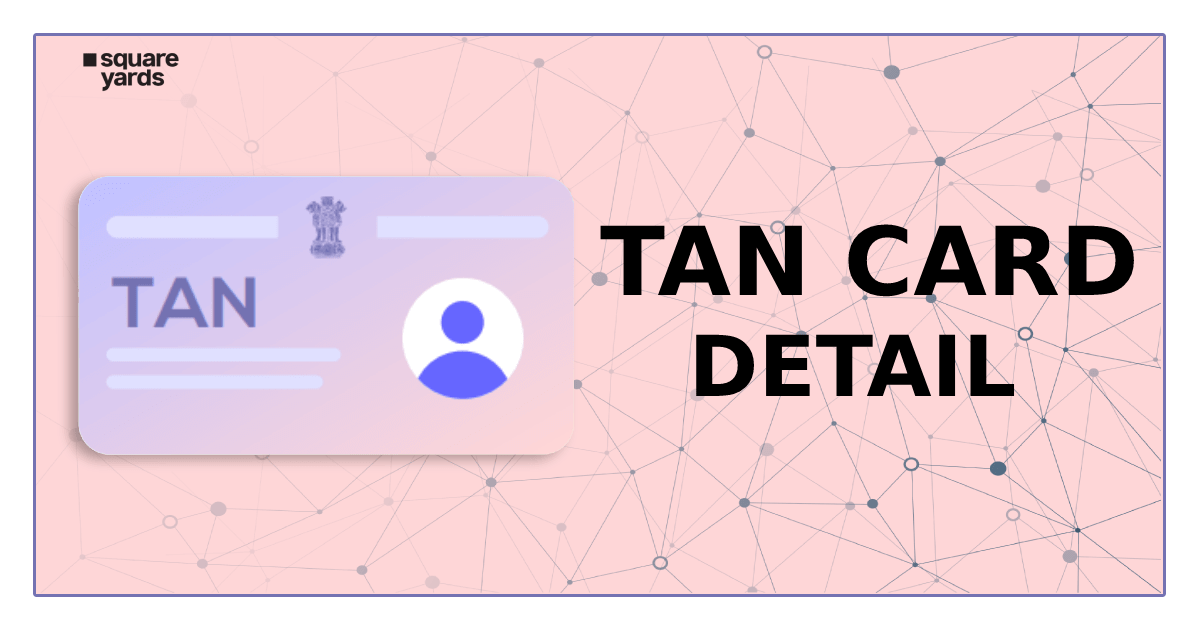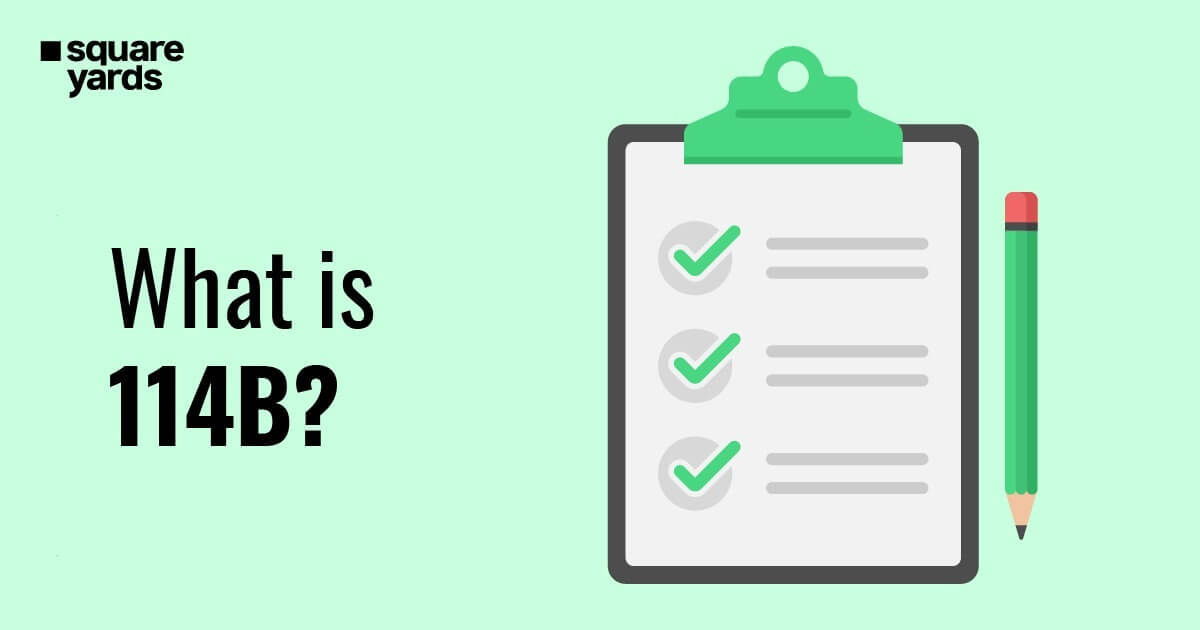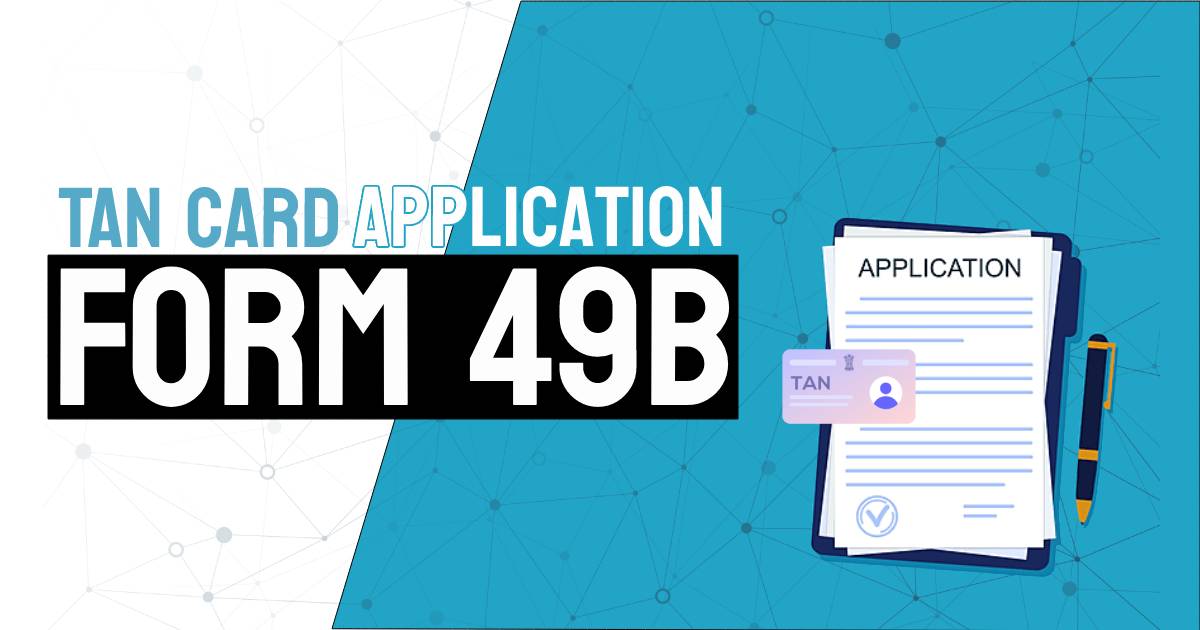Taxes are a subject of a nightmare for many. However, you have to pay it anyway to avoid non-compliance and hefty penalties associated with them. Self Assessment Tax (SAT) is one such tax that is filed before filing the Income Tax Return.
As the name suggests, it’s a form of tax supposed to be filed by the taxpayers themselves. One of the crucial reasons you should file for SAT is to save yourself from paying interest on the tax. So, without any fail, try paying the Self Assessment Tax as soon as possible.
To know what Self Assessment Tax means, why it is so important?, who needs to pay for the SAT, how to pay the SAT online, etc., let’s dig deeper in this blog.
What is a Self-Assessment Tax?
Self Assessment Tax is defined as the tax that every taxpayer has to pay on the requisite income after deducting TDS and Advance Tax for the given financial year. It is paid at the assessment year before filing the income tax return by submitting Challan 280.
The SAT renders an E-payment facility that allows taxpayers to pay online. The taxpayers need to have a net-banking facility on their bank account to pay online. Moreover, the taxpayers should also possess a valid TAN (Tax Deduction Account Number) and PAN card number.
The Self-Assessment Tax to be paid is determined only after considering the tax deducted at source and the advance tax credits available to the taxpayer.
You can check the credits available by examining Form 26AS; a tax credit statement maintained in the records of the Income Tax Department every financial year. Form 26AS comprises all the tax credit details available to the taxpayer, further maintained based on the TDS and the advance tax credit available to the taxpayer.
Form 26AS also depicts the tax credit available against the PAN of the taxpayer.
Who Pays Self Assessment Tax (SAT)?
Usually, Self Assessment Tax is paid by an individual who makes income from other sources.
For instance, if you have missed out on an income while making the final payment in the form of an installment of their advance tax, it’s possible that the TDS hasn’t been deducted or the payment has been made at a lower rate.
The SAT then comes in handy as you can pay it as soon as possible and avoid paying the interest on the taxable amount.
Importance of Paying Self-Assessment Tax
As discussed above, employees pay the SAT if their tax liability surpasses the sum of the advance tax amount, TDS (Tax Deducted at Source), etc. This can happen due to several factors:
- The tax deduction at a lower rate when compared to the slab rate applicable to the assessee.
- An additional income earned during the year, etc. This will ultimately lead to an increase in tax liability, which will boost the taxpayer’s tax outflow.
While there’s no specified date for paying this tax, it must be paid at the end of a specific year. It must be paid upon filing a tax challan ITNS 280 online or at the bank to file the income tax return successfully.
Paying the Self Assessment Tax will save you from paying the interest on the tax amount. Since the SAT needs to be paid before filing the Income Tax Returns, it must be done in the same assessment year.
However, if the taxpayers file the Income Tax Return without paying the SAT, the return will be considered as an invalid return.
Steps to Pay Self Assessment Tax Online
Before you engage yourself in following the steps to pay self-assessment tax online, you must note that the online tax payment system supports only the Net Banking:
Step 1: Visit the official website of Income Tax e-filing and log in.
Step 2: Once you have logged in, click on the “e-Pay taxes” option available on the screen.
Step 3: You will be redirected to the website of NSDL (National Securities Depository Ltd).
Step 4: On the NSDL website, you have to choose the option “challan no./ITNS 280” followed by “(0021) Income Tax (other than companies)”.
Step 5: Fill in all the details such as name, contact details (residential and official), PAN card details, contact numbers and mobile numbers.
Step 6: You should then select the applicable year for assessment for which you want to make the payment.
Step 7: Now, choose the “type of payment”, which in this case will be “(300) Self Assessment Tax”.
Step 8: Now, you will see a dropdown menu. Here, you have to select the bank of your choice to complete the payment.
Step 9: Enter the “tax payable amount”.
Step 10: Your net banking page will be opened, where you have to complete the payment.
Step 11: Once your payment is successful, the screen will display a challan which will include all the payment information along with the bank’s name.
You are advised to keep a hard or scanned copy of the challan.
Step 12: Usually, after the Self Assessment Tax is paid, it reflects on the applicant’s Form 26AS within a few days.
In case it isn’t visible, you can fill in the challan details when filing the income tax return.
Self Assessment Tax Calculation
As the name suggests, Self Assessment Tax is supposed to be paid and computed by the taxpayers themselves. The same has to be deposited with the government before filing the return. If the taxpayer fails to do so, the Income Tax Department holds the authority to take action against the taxpayer.
If you have paid the tax before the assessment date, the interest can be computed in the following ways:
- The advanced tax amount that hasn’t been paid would be the amount thought for computing the interest for the date until the Self Assessment Tax has been paid.
- Subtract the SAT from the amount of the advance tax to be assessed for computation from the time the Self Assessment Tax payment has been made.
Follow these simple steps to calculate the Self Assessment Tax:
Step 1: Refer to the income tax slabs mentioned on the Income Tax website.
Step 2: Compute the taxable amount paid on your entire income.
Step 3: Once you have calculated the taxable amount on income, add it to the interest payable under Sections 234A, 234B, and 234C.
Step 4: Now subtract the relief amount under Sections 90 and 90A from the total amount.
Step 5: The MAT (Minimum Alternative Tax) credit amount must be deducted under Section 115JAA.
Step 6: Further, subtract the amount of the advance tax.
You will discover the Self Assessment Tax to be paid on your Income Tax.
Follow the table for a clear understanding of the SAT calculation:
| Particulars | Amount |
| Total taxable income | A |
| (Add) Interest as per section 234A / 234B / 234C | B |
| (Less) Relief under Section 90/90A/91 | C |
| (Less) MAT Credit under Section 115JAA | D |
| (Less) TDS/TCS | E |
| (Less) Advance Tax | F |
| Total Self Assessment Tax to be paid | = (A+B) – C – D- E – F |
You May Also Read:
| Income Tax Top Blogs | Income Tax Related Blogs |
| Income Tax Slabs | TDS |
| Income Tax Return | Form 16 |
| Income Tax e-Filing | Dearness Allowance |
| Income Tax Refund Status | How to Calculate HRA |
| Income Tax Refund | Tax Exemption |
| Online Tax Payment | Challan 280 |
| Income Tax Portal | Advance Tax |
Frequently Asked Questions (FAQs)
Is there any particular date for filing the Self Assessment Tax?
No, there isn’t any exact or specified date for filing the SAT. However, it must be done before you file the Income Tax Return. You can pay this tax by filing a tax challan ITNS 280 that you can file online or at the bank’s branch.
How can you calculate the interest for computing Self Assessment Tax?
If you have paid the taxes before the assessment date, you can compute the tax in the following ways: the advance tax amount that hasn’t been paid would be the amount thought to compute the interest for the date until the SAT has been paid. Otherwise, you can also subtract the SAT from the amount of the advance tax that would be considered for the calculation from the time you have made the payment for the Self Assessment Tax.
Is it mandatory to pay self-assessment tax?
Self-assessment tax is a form of tax taxpayers pay about their income from other sources. In case the taxpayer forgets a fraction of the income while he is making the final payment, it’s possible that the TDS hasn’t been deducted or the payment has been made at a lower rate. The SAT then comes in handy as you can pay it as soon as possible and escape from paying the interest on the taxable amount.
Therefore, it is not mandatory but indeed a good practice to adopt the habit of paying your taxes in check.
Do I have to complete a Self Assessment Tax Return?
If you aren’t a permanent employee, you will have to fill out a Self Assessment tax return. Moreover, if you have a passive income from investment, savings, overseas incomes, or a landlord, you must file a Self Assessment Tax Return.






